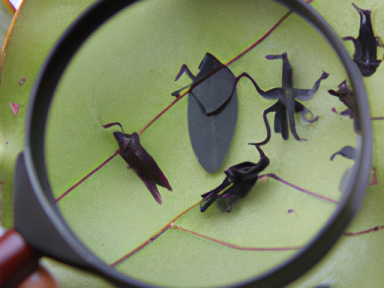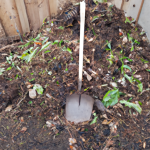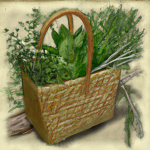
Insect Foraging: A Nutritious and Sustainable Food Source
In a world where food security is becoming increasingly uncertain, it is vital to explore alternative sources of sustenance. Edible insects provide a unique solution to this challenge, offering a sustainable, protein-rich option that is abundant in nature. Despite the initial aversion many of us may feel towards consuming insects, their nutritional value and availability make them a viable choice for the self-reliant homesteader. In this article, we will delve into the benefits of insect foraging and discuss safe ways to gather and prepare these little creatures.
The Nutritional Value of Edible Insects
Edible insects are packed with essential nutrients that our bodies need to thrive. They are an excellent source of protein, containing all the essential amino acids required for human growth and repair. In fact, some insects offer a higher protein content than traditional meat sources. For instance, 100 grams of crickets provide a whopping 21 grams of protein, while the same amount of beef offers only 26 grams.
Insects are also rich in healthy fats, including omega-3 and omega-6 fatty acids, which are vital for brain function and reducing the risk of heart disease. Additionally, they contain important vitamins and minerals such as iron, calcium, and vitamin B12.
The Environmental Benefits of Insect Foraging
Aside from their nutritional value, insects also provide a sustainable, low-impact food source. Unlike traditional livestock farming, which contributes to deforestation, greenhouse gas emissions, and excessive water usage, insect farming requires minimal resources. Insects can be reared on organic waste, reducing both food waste and the need for land-intensive agricultural practices.
Furthermore, cultivating edible insects produces far fewer greenhouse gas emissions compared to the livestock industry. This makes insect foraging an environmentally-friendly choice that helps mitigate climate change and reduces our ecological footprint.
Safe Insect Gathering and Preparation
Before embarking on any insect foraging expedition, it is crucial to educate yourself on which bugs are safe to eat and how to identify them correctly. Many insects are edible and nutritious, but some may be toxic or carry diseases. Always consult reliable resources or seek guidance from local experts to ensure your safety.
When gathering insects, avoid areas that may be contaminated with pesticides, pollutants, or heavy metals. Urban areas, roadsides, and agricultural fields should be avoided, as these places are more likely to have a higher concentration of harmful substances.
After collecting your insects, it is essential to prepare them properly. This involves cleaning, cooking, and removing any inedible parts such as wings, legs, or stingers. Boiling, frying, or roasting insects are some popular methods of preparation. Remember to cook them thoroughly to eliminate any potential pathogens.
Start Your Journey into Insect Foraging
Incorporating insects into your diet can be a rewarding and sustainable way to enhance your self-reliance. By utilizing this abundant food source, you are not only securing your own nutritional needs but also taking a proactive step towards a more resilient future. So, why not dive into the world of insect foraging and discover the hidden treasure trove of nourishment that nature has to offer?



GIPHY App Key not set. Please check settings